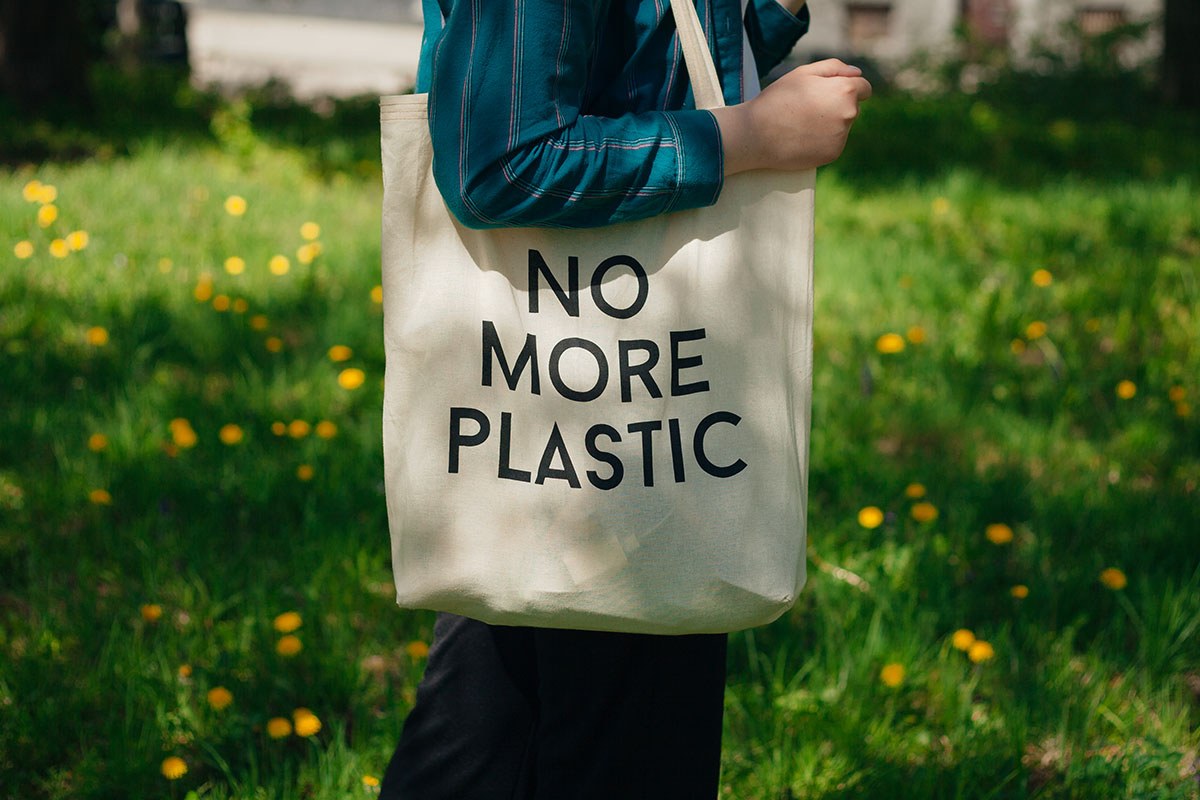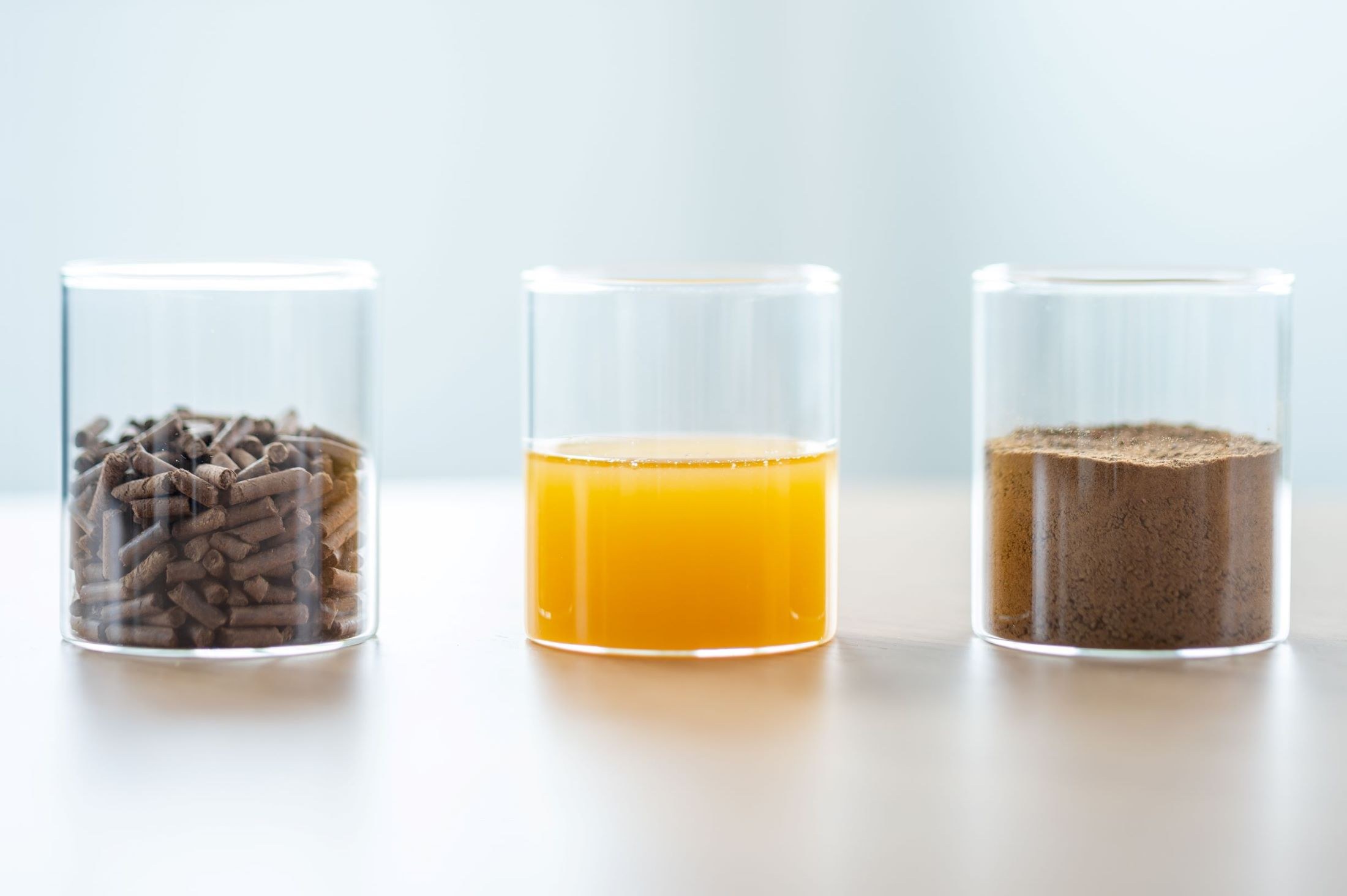-
Local Bounti uses a hybrid model of vertical farming and greenhouses to maximise yields while lowering costs and carbon emissions
-
Food waste in the U.S. alone is estimated at 30 to 40% of the food supply, the equivalent of more than $160 billion annually
-
Scientists have warned that shortages of water, land and energy, combined with population growth, will cause a global food shortage by 2050
What first sparked your interest in sustainability?
I remember as a kid, my Dad made us recycle all of our bottles and cans. And of course back then, (fifty years ago!) there was no method by which the trash folks picked up recycling. So every week, I’d ride with one of my older siblings to deposit the bottles at a recycling facility half an hour away.
A vested interest in sustainability is something that is important for all of us. For me, it became apparent that the current state of agriculture needed to change to feed the world and protect our planet. This was a major reason why I was so compelled to join the Local Bounti team. We started with an end in mind: a strong focus on our communities, our employees, and the environment.
Over the course of my 25-year career, I have consulted for many different companies on large scale M&A and also helped companies wishing to go public. Prior to Local Bounti, I was CFO at Amyris, a sustainable synthetic biology company. It’s at the heart of who I am as an executive that the first thing I look for and care about is that the firm I’m joining and leading from a financial perspective, is making a difference to the health of the planet and the population.
How are you advancing change in your role as CFO of Local Bounti?
My role at Local Bounti is to ensure that every area of the company has the financial resources it needs to deliver on our vision –– to nourish humankind and protect our planet. That means ensuring our facilities can grow the freshest, safest, and most delicious produce possible. It also means ensuring alignment between our financial and ESG metrics. I see our ESG reporting standards as very similar and directly aligned with our financial reporting. Our team treats ESG commitments as supportive of our financials. Examples include everything from minimizing impact on the environment in our supply chain and equipment selections, to providing the same HR benefits to all employees regardless of position, to providing a ‘living wage’ to the folks in the facilities and implementing best practices in corporate governance. It is our duty to ensure full transparency in the reporting of our sustainability efforts.
What’s the addressable market for controlled environment agriculture (CEA) and what’s the growth potential?
First, it’s really important to understand the imminent dilemma we are facing. Scientists have broadly warned that in just 27 years, due to shortages of water, land and energy, and increased demand from population and economic growth, there will be a global food shortage. By 2050, the world will need approximately 70% more food to feed the global population, which is expected to near 10 billion people. There simply will not be enough arable land and water for traditional agriculture to meet these needs.
At Local Bounti, we developed Stack & Flow Technology® – an innovative new hybrid method of indoor farming that combines the best of vertical and greenhouse farming – to grow healthy food sustainably and affordably. Through this process, Local Bounti can grow produce in an environmentally friendly manner that increases harvest efficiency and reduces the cost and carbon footprint of the production and distribution process. The technology is over 30 times more productive per acre than traditional agriculture. We believe that with a strong focus on unit economics, and a profitable and sustainable business model, CEA has the opportunity to displace traditional agriculture. We are targeting the $30 billion U.S. produce market for vegetables and leafy greens.
What are the biggest challenges you face in reducing food miles?
Ultimately, I believe this is connected to the massive waste problem that the current state of agriculture is facing. As it stands, up to 40% of produce doesn’t even make it out of the fields due to poor quality. These piles of unused produce are a massive contributor to greenhouse gas emissions. On top of this, the product that does make it out, is long-hauled across the country. 10-30% of product spoils at the grocery store before sale, and when it does hit consumers shopping carts, there are only a few days of shelf life left –– this is why we see so much spoilage in our refrigerators. Food waste in the U.S. alone is estimated at 30 to 40% of the food supply, the equivalent of more than $160 billion annually.
So, the problem is really two-fold, and we are focused on solving both. First, by providing a superior product that is fresh and lasts for weeks, not days. Second, by locating our facilities regionally, and closer to the consumer, ensuring that we dramatically reduce fuel consumption and product degradation.
How do you mitigate the potentially high energy costs associated with CEA methods?
This goes back to the core of the Local Bounti story. Our co-founders Craig Hurlbert and Travis Joyner originally set out to make an investment in the CEA space, but they couldn’t find a suitable business to invest in. They quickly realised that vertical farming, while high-yielding, also required extremely high capex and opex. Alternatively, greenhouse farming showed promise with lower costs, but was also much lower-yield.
Founded on the thesis of high yield and low cost, our stack and flow technology was born. It uses a combination of vertical farming and greenhouses. Due to our maniacal focus on solving for strong unit economics, we were able to unlock a growing system that maximized yield while mitigating costs, especially around energy usage. Our model is disrupting the indoor farming sector and the more efficient it gets over time, the more cost efficient and sustainable our process becomes.
The energy cost of a CEA environment is higher than traditional agriculture but because the vertical aspect is such a low percentage of our overall farm and our food miles are so much lower, it’s not significantly different.
We also use primarily low carbon electricity and strive to be leaders in minimizing our usage of water, electricity, natural gas, fertilizer and other commodities. Our focus on sustainability at our facilities helps to ensure we consistently produce high quality food that maximizes nutritional value and taste.
Disclaimer
This content has been prepared by Nomura solely for information purposes, and is not an offer to buy or sell or provide (as the case may be) or a solicitation of an offer to buy or sell or enter into any agreement with respect to any security, product, service (including but not limited to investment advisory services) or investment. The opinions expressed in the content do not constitute investment advice and independent advice should be sought where appropriate.The content contains general information only and does not take into account the individual objectives, financial situation or needs of a person. All information, opinions and estimates expressed in the content are current as of the date of publication, are subject to change without notice, and may become outdated over time. To the extent that any materials or investment services on or referred to in the content are construed to be regulated activities under the local laws of any jurisdiction and are made available to persons resident in such jurisdiction, they shall only be made available through appropriately licenced Nomura entities in that jurisdiction or otherwise through Nomura entities that are exempt from applicable licensing and regulatory requirements in that jurisdiction. For more information please go to https://www.nomuraholdings.com/policy/terms.html.





